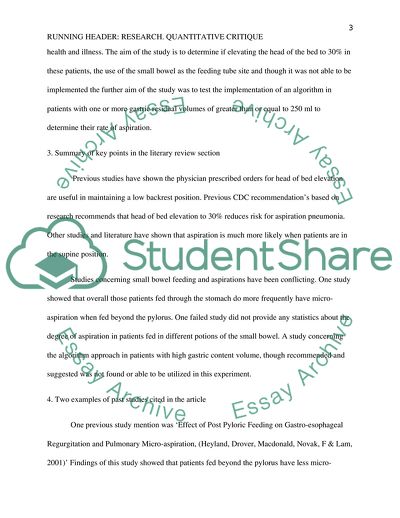Cite this document
(Research. Quantitative critique Assignment Example | Topics and Well Written Essays - 1500 words, n.d.)
Research. Quantitative critique Assignment Example | Topics and Well Written Essays - 1500 words. Retrieved from https://studentshare.org/nursing/1783829-research-quantitative-critique
Research. Quantitative critique Assignment Example | Topics and Well Written Essays - 1500 words. Retrieved from https://studentshare.org/nursing/1783829-research-quantitative-critique
(Research. Quantitative Critique Assignment Example | Topics and Well Written Essays - 1500 Words)
Research. Quantitative Critique Assignment Example | Topics and Well Written Essays - 1500 Words. https://studentshare.org/nursing/1783829-research-quantitative-critique.
Research. Quantitative Critique Assignment Example | Topics and Well Written Essays - 1500 Words. https://studentshare.org/nursing/1783829-research-quantitative-critique.
“Research. Quantitative Critique Assignment Example | Topics and Well Written Essays - 1500 Words”. https://studentshare.org/nursing/1783829-research-quantitative-critique.


